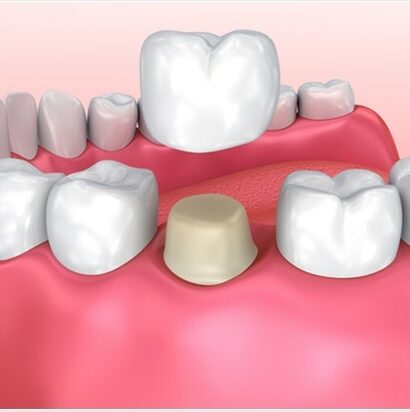Telehealth is the use of technology for dispensing healthcare services. From telecommunication services to digital reports, from record keeping applications to monitoring smart devices, from the use of robotics for surgical procedures to online ordering tests and medicines, telehealth is a vast field that has completely changed the landscape of the health care system.
It has made health care a possibility for so many people and catered to both, the doctors and patients alike. Following are some of the ways that telehealth has ensured and changed the delivery of health care facilities in the everyday:
Radiologists are able to function off-site
Many times radiologists are not physically present in the lab to conduct the tests. Rather than wasting the time of the patient by delaying the process, which could be bad for their health as well, digital X-rays are being used. Since the image is digital, the radiologist can view it anywhere.
The doctor can then give their prognosis over a telephone call, video call, whatever facility is available. This way, one doctor can oversee patients from all over the world. Hence, if you need a consultation from a doctor but they are not present in your locality, just get a digital X-ray from a lab like that of Doctors Hospital Lahore and get a tele-diagnosis.
Remote areas are accessible by doctors
One of biggest hurdles facing patients are the logistical constraints. The patient’s access to the doctor is only possible if they are in geographical proximity. This essentially means that people living in the remote areas are given disproportionate access to health care, as it’s not always possible to cover hundreds of miles to meet the doctor.
Moreover, the transportation cost makes the visits to the doctor even more difficult for the people as not everyone can afford such expenses. However, these issues can be remedied by telehealth. Not only is it a cost-effective solution, but it also ensures that people are given their due medical care.
Allows for timely care
Telehealth allows the doctor to monitor the health of the patients. They can thus better understand the nuances of human health and intervene before the condition gets out of hand, as many patients don’t realize that they are sick until the situation worsens.
Expenses are reduced
Telehealth presents as a more economical alternative. Since the clinics do not have to sustain the added expense of housing the patients, the cost of consultation with the doctor is reduced. This coupled with the money saved on fuel, especially for those who had to trudge greater distances to visit the doctor, makes telehealth more affordable than the conventional system.
Saves elderly patients the hassle of commute
It is very hard for the elderly patients to visit the doctor. The commute, the long waiting hours, the travelling paraphernalia, is all very tiring for them. Especially those patients who are visiting the doctor for just a routine checkup. It is very difficult for their attendants as well as they have to ensure patient comfort, which is not always an easy job.
Moreover, hospitals are a breeding ground for all sorts of germs and bacteria. Many elderly people are already immunocompromised and hence have a higher risk of contracting some disease. Telehealth is a great convenience for them as they can get their checkup with ease and without any danger to their health and comfort.
Also, they can be sent reminders for their medication as well via different applications. Their vitals can be monitored too using smart devices. This is especially important as it allows for the doctor to intervene timely when there is any issue with their health.
Improved access to healthcare
Many patients are not able to visit the doctors because of time issues, others can’t afford the cost. Also, a lot of the people are only satisfied by the treatment of the doctor they like but who is not accessible anymore due to geographical distances.
Telehealth is a great way to reduce the accessibility issues of patients. It is not as expensive, and the doctor can be accessed from anywhere in the world at any time. Therefore, more people have access to a doctor which means a healthier society.
Doctors are able to deliver better
Many doctors these days work at multiple clinics. They then have to endure the trouble of constant traveling from one place to another, especially in bad traffic. Not only does it waste their precious time, but also puts them in a bad mood.
Also, since they have limited time available before their next commitment, they at times hurry the patient along. Telehealth on the other hand, poses no such problems. The doctors have more time on their hands as they don’t need to shuttle back and forth.
Hence, since they don’t have time constraints per se, they can have a detailed discussion with their patients. Also, doctors are then able to see more patients, which helps them have more experience and revenue. Besides this, they are less tired, and so are able to more attentively take care of the patient.
Easier for the patient to consult more doctors
For important diagnostic and treatment decisions, it sometimes becomes important to get a second opinion. However, conventional health systems are a more time consuming and expensive route. Contrary to this, telehealth has made it easier for the patients to consult other doctors without significant issues.
Not only has access to doctors improved but added healthcare infrastructure like laboratories have evolved due to telehealth as well. All the good labs like Dr. Essa Lab has an online reporting system. The patient doesn’t have to bother with the collection of the report and is able to email or message it to the doctor. Therefore, telehealth has revolutionized the healthcare system for the better in a variety of ways.













